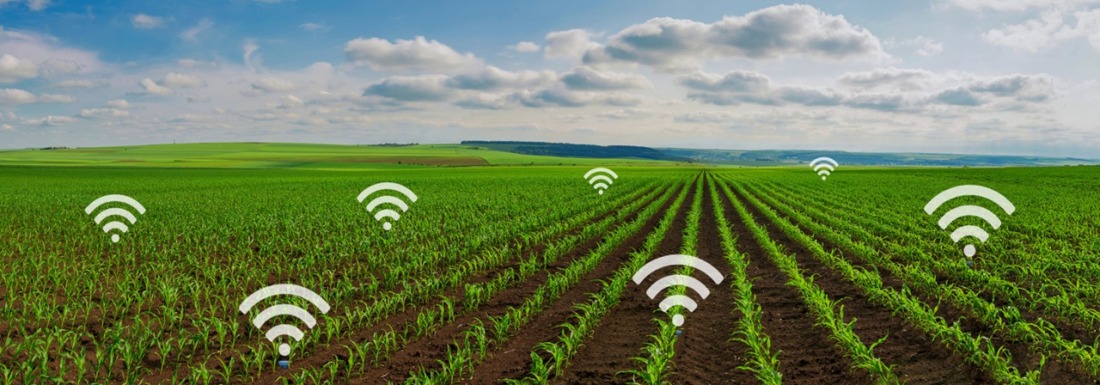Amazon web Services (AWS) could also be a subsidiary of Amazon that provides on-demand cloud computing platforms to people, companies, and governments, on a metered pay-as-you-go basis.
In combination, these cloud computing internet services provide a gaggle of primitive abstract technical infrastructure and distributed computing building blocks and tools.
one among these services is Amazon Elastic reckon Cloud (EC2), that permits users to possess at their disposal a virtual cluster of computers, accessible all the time, through the internet .
AWS’s version of virtual computers emulates most of the attributes of a true computer, in conjunction with hardware central process units (CPUs) and graphics process units (GPUs) for processing; local/RAM
memory; hard-disk/SSD storage; alternative of OS ; networking; and pre-loaded application software like web servers, databases, and client relationship management (CRM).
Fees are supported a mixture of usage (known as a “Pay-as-you-go” model).
The hardware, software, software, or networking options chosen by the subscriber needed convenience, redundancy, security, and repair options.
Subscribers pays for one virtual AWS pc, a fanatical physical pc, or clusters of either.
As a half of the subscription agreement, Amazon provides security for subscribers’ systems.
Amazon markets AWS to subscribers as how of getting giant scale computing capability additional quickly ANd cheaply than building an actual physical server farm.
All services are billed supported usage, however every service measures usage in variable ways in which.
As of 2017, AWS owns a dominant thirty fourth of all cloud (IaaS, PaaS) while subsequent three competitors Microsoft, Google, and IBM have Martinmas, 8%, 6 June 1944 respectively
As of 2020, AWS comprises quite 212 services in conjunction with computing, storage, networking, database, analytics, application services, deployment, management, mobile, developer tools, and tools for the web of Things.
the foremost popular embrace Amazon Elastic reckon Cloud (EC2) and Amazon straightforward Storage Service (Amazon S3).
Most services aren’t exposed on to end users, however instead provide practicality through arthropod genus for developers to use in their applications.
Amazon internet Services’ offerings are accessed over HTTP, using the remainder style of architecture and SOAP protocol for older arthropod genus and completely JSON for newer ones.
AWS has distinct operations in twenty two geographical “regions”: one in North America, one in South America, in Europe, one within the Middle-East, one in Africa and eight in different parts of the world.
AWS has proclaimed three new regions which will be coming back on-line.
Each region is completely contained at intervals one country and each one of its information and services keep within the selected region.
every region has multiple “Availability Zones”, which contains one or additional separate information centers, every with redundant power, networking and property, housed in separate facilities.
convenience Zones don’t automatically give further measurability or redundancy within a neighborhood , since they’re intentionally isolated from one another to stop outages from spreading between Zones.
many services will operate across convenience Zones (e.g., S3, DynamoDB) whereas others are often configured to duplicate across Zones to unfold demand and avoid time period from failures.
As of Dec 2014, Amazon internet Services operated a calculable one.4 million servers across twenty eight convenience zones.
In straightforward words AWS permits you to try and to the subsequent things-
1. Running internet and application servers within the cloud to host dynamic websites.
2. firmly store all of your files on the cloud so you’ll access them from anyplace.
3. victimization managed databases like MySQL, PostgreSQL, Oracle or SQL Server to store info.
4. Deliver static and dynamic files quickly round the world employing a Content Delivery Network (CDN).
* AWS customers will alter Spot Instances for AWS Marketplace Amazon Machine Image (AMI) product whereas launching new instances through the EC2 console Launch Instance Wizard (LIW).
With this launch, you’ll reduce prices on the EC2 instances you would like to run your third-party software system on AWS.
* Spot Instances alter you to request unused EC2 instances at steep discounts- up to ninetieth compared to On-Demand prices- so you’ll lower your Amazon EC2 prices.
Spot Instances are an economical choice if have flexibility with running your third-party applications and if your applications are fault-tolerant.
Customers—including Salesforce, Lyft, Zillow, Novartis and Autodesk—use Spot Instances to scale back costs and obtain faster results.
Forr instance , Salesforce saved over eightieth vs On-Demand Instance valuation, and doubled the speed of process machine learning and ETL workloads with Spot Instances.



